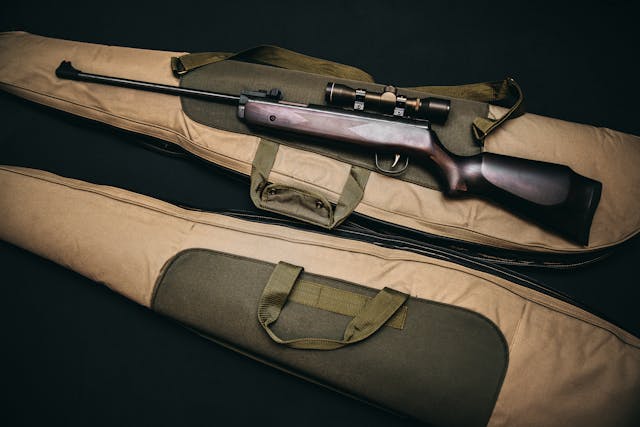In the world of shooting, whether for sport, hunting, or tactical purposes, the proficiency with which one uses gun optics can significantly influence accuracy, efficiency, and overall performance. Gun optics, encompassing a broad range of devices such as scopes, red dot sights, and holographic sights, are essential tools that, when used with advanced techniques, can elevate a shooter’s capability beyond basic marksmanship. Here we delve into several advanced techniques for using gun optics, aiming to provide enthusiasts and professionals alike with the insights needed to harness the full potential of their equipment.
Understanding and Adjusting Parallax
Parallax error is a common issue encountered with high-powered scopes. It occurs when the reticle appears to move or shift in relation to the target when the shooter’s eye position changes, leading to potential inaccuracies. Advanced shooters mitigate this by adjusting the parallax setting, typically found on the side or turret of the scope. By fine-tuning this setting until the target and reticle are in the same focal plane, shooters can significantly improve accuracy, especially at longer ranges. Brands like Burris Optics offer scopes with advanced parallax adjustment features, catering to the needs of precision shooters.
Mastering Eye Relief and Sight Picture
Eye relief refers to the distance between the shooter’s eye and the rear lens of the optic where the full field of view is visible without vignetting. Incorrect eye relief can lead to a poor sight picture or even injury from recoil. Advanced shooters practice finding the optimal eye relief and maintaining a consistent cheek weld to their stock, ensuring that their sight picture is clear and stable shot after shot.
Utilizing Reticle Features
Modern scopes come with reticles featuring various markings, such as Mil-Dots, MOA (Minute of Angle) lines, or BDC (Bullet Drop Compensation) markers. These are not just for show; they serve critical functions in range estimation, windage adjustments, and elevation corrections. By understanding and practicing how to use these reticle features, shooters can engage targets more effectively over varying distances without needing to adjust their scope turrets constantly.
Dialing for Distance and Wind
Advanced shooters often engage targets at varying ranges under different environmental conditions. Learning to dial in the correct elevation (for distance) and windage (for wind effect) adjustments on your scope turrets is crucial. This involves understanding the ballistic characteristics of the ammunition being used and the ability to read environmental conditions. Shooters use this knowledge to calculate the necessary adjustments and apply them, allowing for precise shots over long distances or in challenging conditions.
Transitioning Between Magnifications
Variable magnification scopes provide the flexibility to engage targets at different ranges effectively. However, transitioning between magnifications while maintaining situational awareness and target acquisition can be challenging. Advanced techniques involve practicing smooth and rapid adjustments of the magnification ring, often with the support of aftermarket throw levers, while keeping the eye on the target. This skill is particularly valuable in dynamic shooting scenarios where target distances can quickly change.
Leveraging First Focal Plane (FFP) vs. Second Focal Plane (SFP) Optics
Understanding the difference between FFP and SFP optics is essential for advanced shooters. In FFP scopes, the reticle size changes with the magnification, which means the reticle’s subtensions remain accurate at any magnification level. In contrast, SFP scopes have a reticle that appears the same size at all magnifications, which means the subtensions are only accurate at one specified magnification. Depending on the shooting application, one may be more advantageous than the other. For instance, FFP is often preferred for long-range shooting where varying magnifications and accurate holdovers are critical.
Practicing with a Purpose
Ultimately, the most advanced technique is consistent, purposeful practice. This involves not just repetitive shooting, but also setting specific goals for each practice session, such as working on adjusting for windage at different distances, practicing rapid target acquisition, or fine-tuning parallax adjustments. Advanced shooters often document their practice sessions, noting conditions, distances, loads, and outcomes to track their progress and identify areas for improvement.
Conclusion:
The journey from a novice to an advanced shooter involves a deep understanding and application of these and other techniques. It requires patience, dedication, and the willingness to continually learn and adapt. By mastering advanced techniques for using gun optics, shooters can significantly enhance their accuracy, efficiency, and effectiveness, whether in the field, at the range, or in tactical situations. The key to unlocking the full potential of gun optics lies in the shooter’s ability to blend technical knowledge with practical experience, resulting in improved performance and, ultimately, shooting success.

